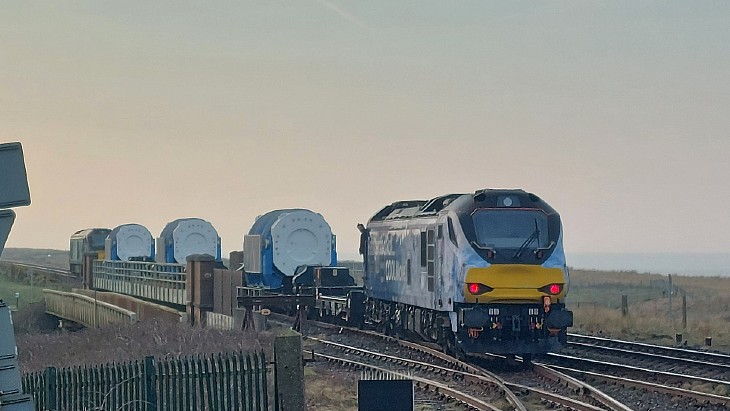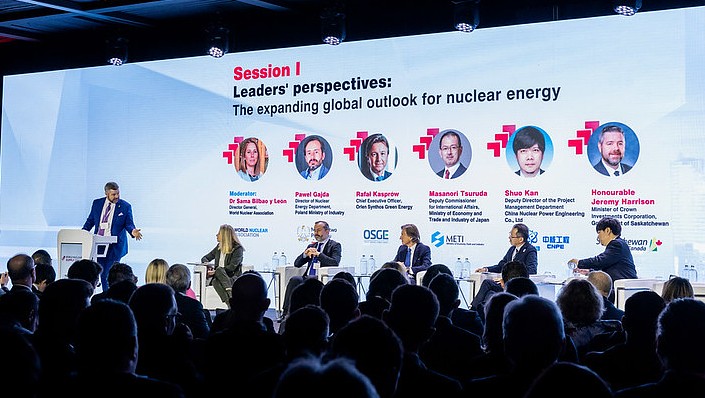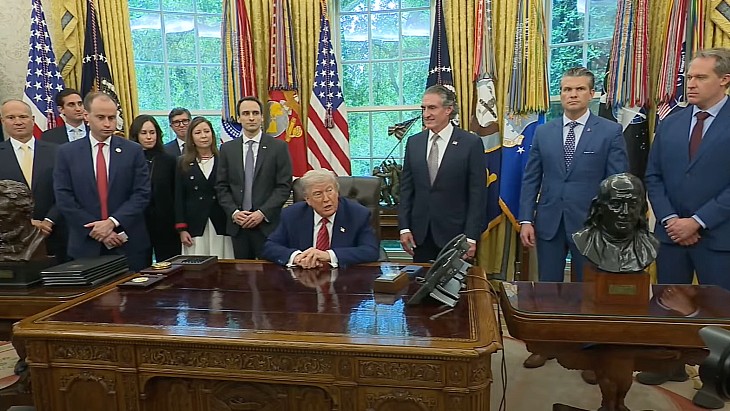Waste retrieval begins at Sellafield silo
.jpg)
Built between 1950 and 1951, the PFCS is based on the simple design of a grain silo. The concrete structure is 29 metres long, 10 metres wide and 18 metres high and is divided into six tall compartments. It contains irradiated cladding materials removed from fuel assemblies used in some of the UK's earliest reactors at Windscale and Chapelcross. It stopped receiving waste in the early 1970s and now holds over 3200 cubic metres of intermediate-level waste. The PFCS was originally designed to remain sealed forever.
In the last decade a giant concrete superstructure has been built around the silo and specially engineered shield doors have been installed on each of its six compartments. In 2017, holes were successfully cut in the top of each compartment, allowing access to the waste for the first time in 65 years. Working in collaboration with Bechtel Cavendish Nuclear Solutions, Sellafield Ltd then designed, manufactured, tested and installed nine huge modules containing the machinery needed to empty the silo for the facility to be decommissioned.
Successful testing of the robot grab was carried out earlier this month, paving the way for the historic achievement of the first waste retrievals from the silo.
Operators have now used the grab to remotely reach into the silo and pick up the waste before loading it into a specially designed 3-cubic-metre stainless-steel box. Once filled the box will be loaded into a shielded flask and transported to a brand new, fit-for-purpose store on the Sellafield site called the Box Encapsulation Plant Product Store.
"The first retrievals from the Pile Fuel Cladding Silo are a huge step towards delivering our purpose of creating a clean and safe environment for future generations," said Sellafield Ltd CEO Euan Hutton. "This achievement means that for the first time ever Sellafield is retrieving waste from all four of our legacy ponds and silos."
"This is an important milestone, demonstrating tangible progress in delivering our mission and cleaning up some of our most hazardous legacy waste," added Nuclear Decommissioning Authority CEO David Peattie. "It's progress that has been years in the making and has been driven forward by skilled, industry leading specialists working collaboratively."
_17992.jpg)
_75800.jpg)









